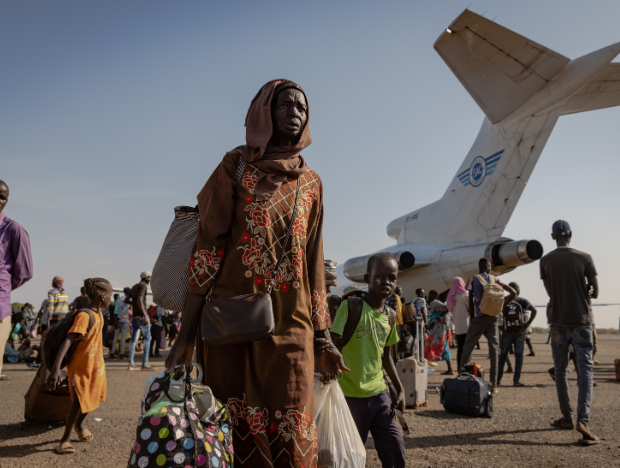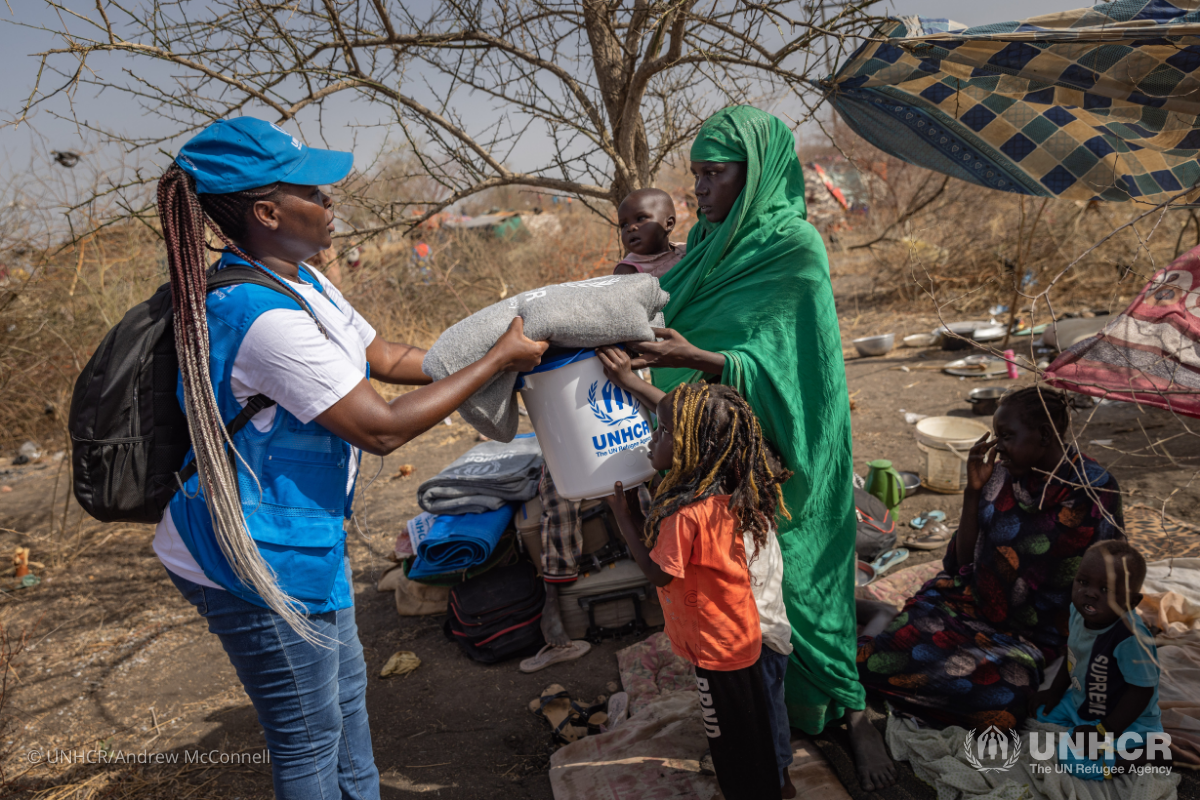Facts and Statistics: How the coronavirus pandemic has affected refugees and displaced populations
One year after the World Health Organization declared that the novel coronavirus outbreak had reached the level of a global pandemic, COVID-19 is still affecting fundamental aspects of our lives. It has tested the strength of our healthcare systems and economies, the resilience of our social and professional relationships and our ability to travel. But for people forced to flee conflict and persecution, the sense of isolation and fear for the future have been particularly devastating.
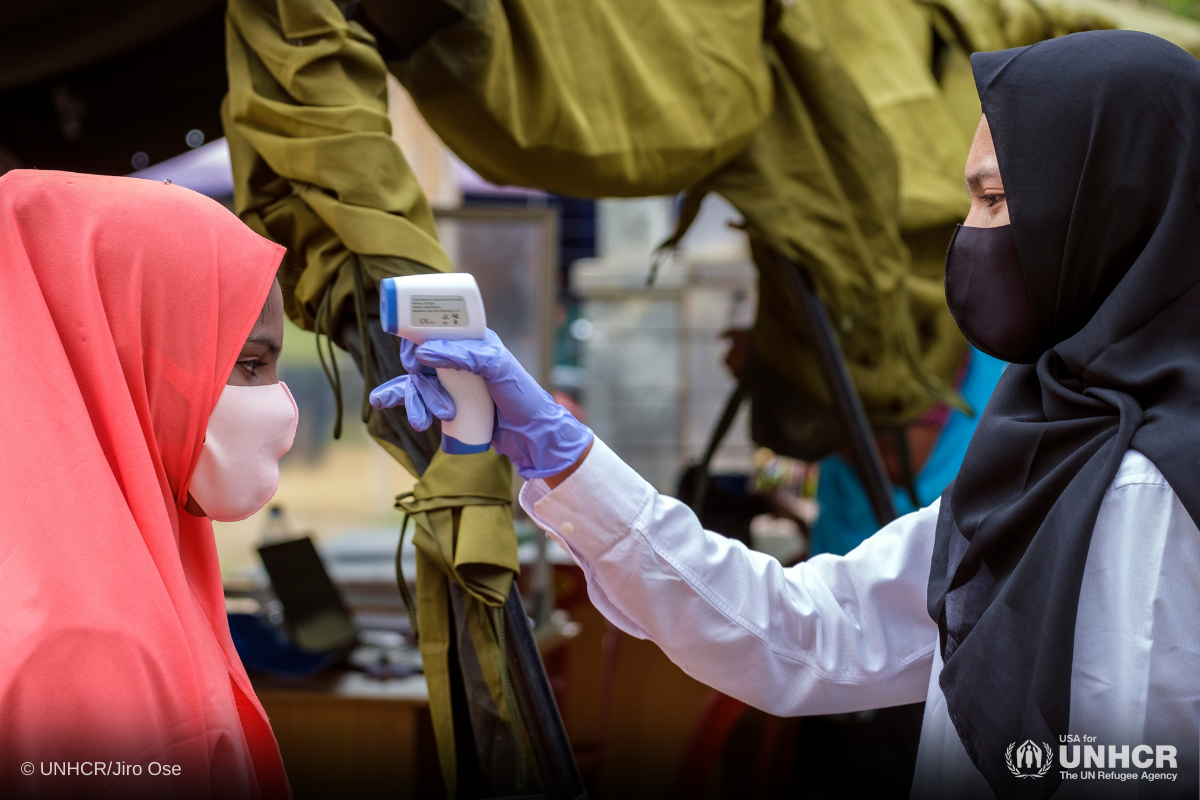
Today, nearly 90 percent of the world’s refugees live in low and middle-income countries with limited public healthcare systems and basic services, which puts them at high risk of contracting the disease. While there have not been major outbreaks of the virus among refugee populations, it’s not just their health that’s in danger – the pandemic has had far-reaching socioeconomic and protection consequences on the most vulnerable. Here are some facts and statistics on how the pandemic has affected refugees and displaced populations.
Movement and asylum restricted during the crisis
At the onset of the pandemic, many countries implemented measures to contain the spread of the disease - including limiting movement between and within countries. By May 2020, at least 90 countries had imposed border restrictions to contain the spread of the virus with no exceptions made for those seeking asylum, leaving many refugees and asylum-seekers at higher risk of detention and discrimination.
Voluntary repatriation was also put on hold, making avenues for refugees to safely return home even more limited. Millions of desperate refugees attempted to return home due to the loss of income and wages, lack of medical services and discrimination. Tens of thousands of Afghans, Venezuelans and people from the Sahel and Northern Triangle regions chose to return home despite facing a heightened risk of becoming exposed to the disease. Many Rohingya refugees were also reported stranded in overcrowded boats while trying to reach assistance in countries around the region as of April 2020. 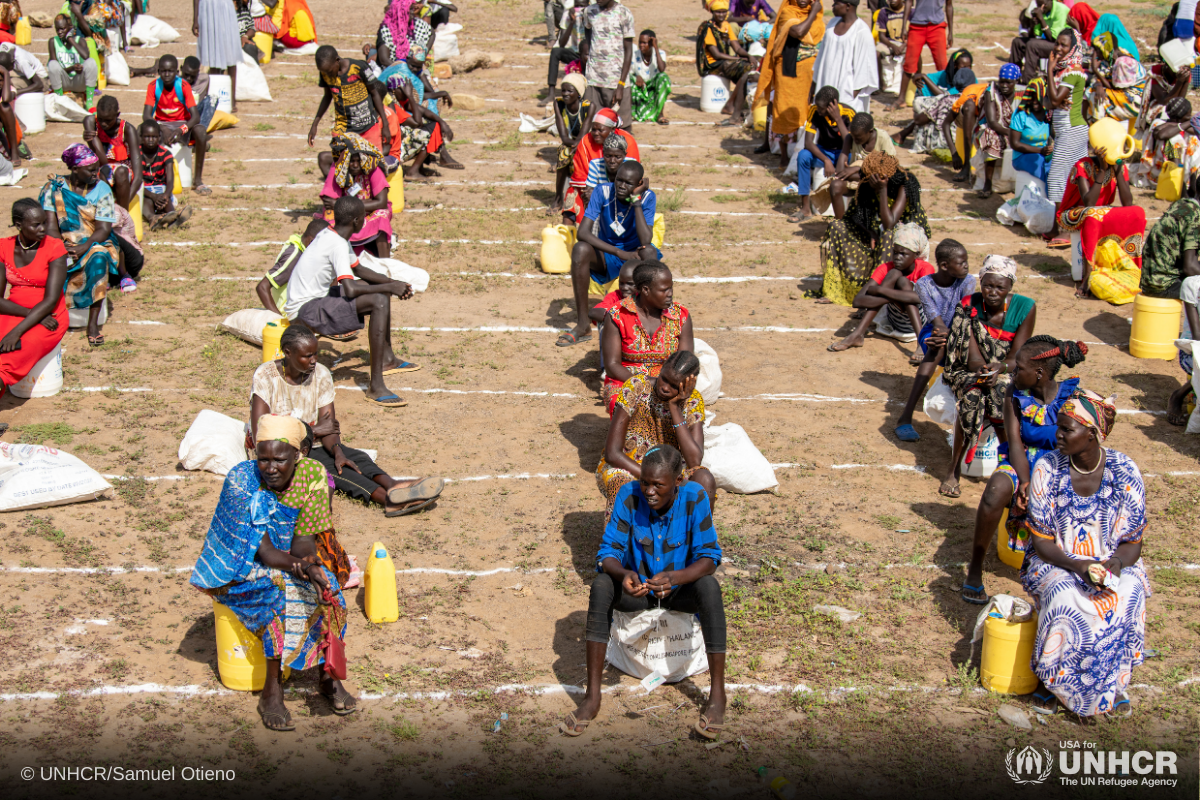
Resettlement numbers at a record low
Despite an estimated 1.44 million refugees in urgent need of resettlement globally, only 22,770 were resettled last year. These are the lowest resettlement numbers recorded in almost two decades and an 80 percent reduction from 2019.
In the United States, only 11,814 refugees were resettled in 2020. A record low in the history of the U.S. resettlement program, which has a historic average of 95,000 a year.

Millions of livelihoods threatened or lost
Lockdowns and business closures deeply affected refugees and displaced people as many lost their livelihoods and sources of income. Recent surveys show that three out of four displaced people in eight countries said they had lost their income since March 2020 and approximately 74 percent of households were meeting only half or less of their basic needs.
The loss of livelihoods coupled with limited access to basic services has pushed millions of refugee families into poverty, forcing families to adopt negative coping mechanisms - such as reducing spending on food, skipping meals or taking children out of school.
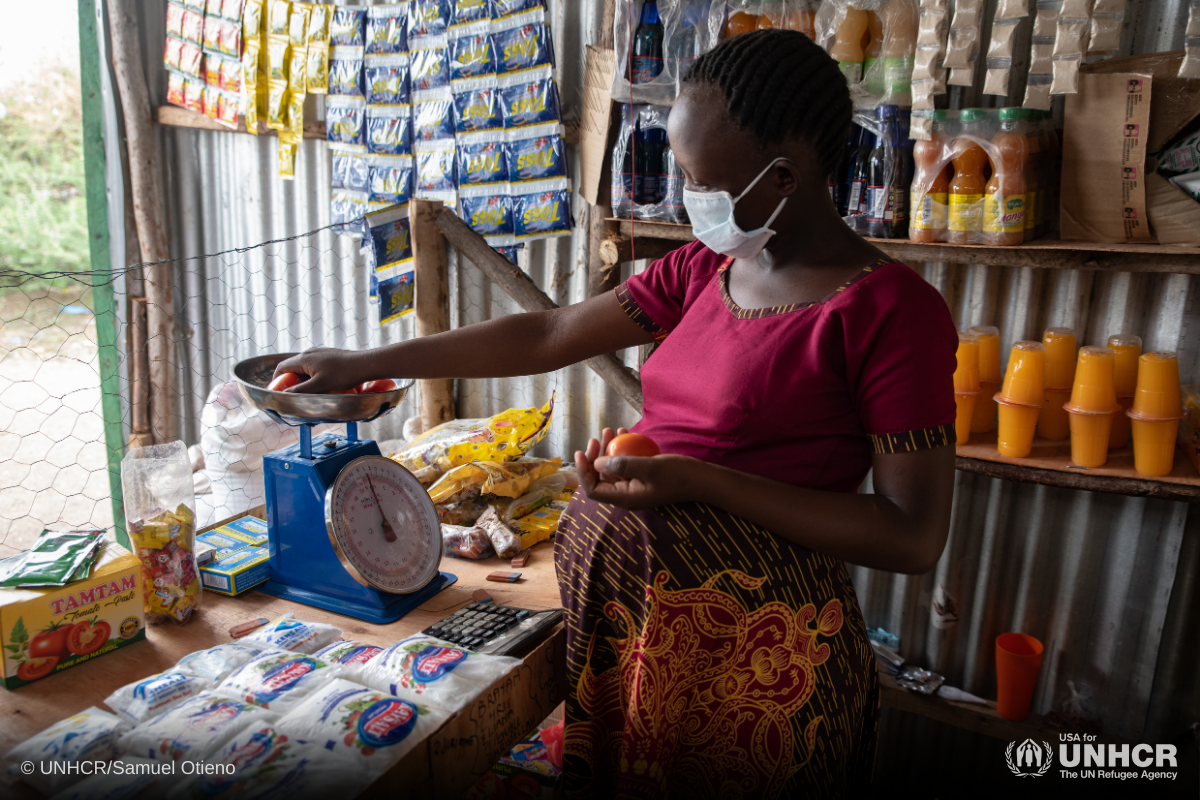
Education disrupted
School closures to curb the spread of COVID-19 have affected millions of refugee children, and for refugee girls, the situation is particularly dire. The Malala Fund estimates that half of all refugee girls in secondary school will not return to class when schools reopen.
While the impact of school closures has been alleviated with remote learning initiatives, the lack of connectivity and technology access for refugees is a major challenge. In five of the 10 countries hosting the largest numbers of refugees, fewer than 20 percent of households have a computer at home.
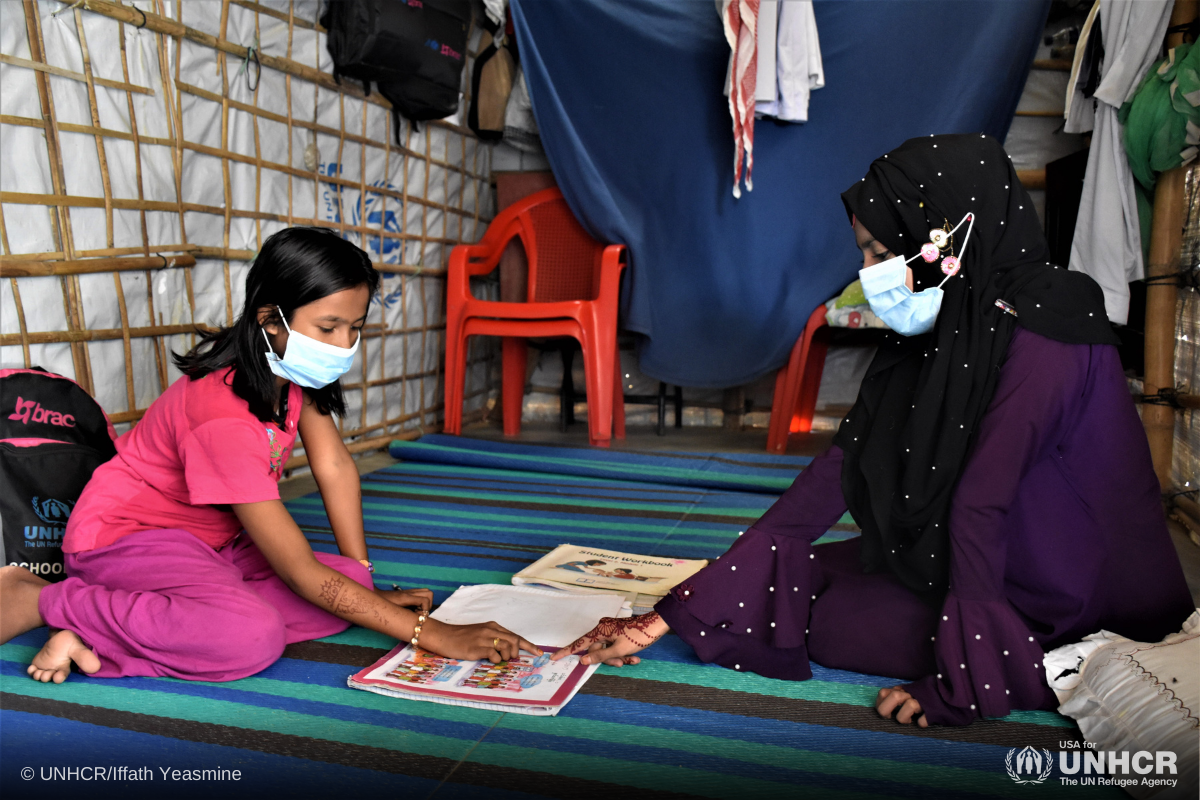
A Sign of Hope: Refugees begin receiving COVID-19 vaccines
In January, Jordan became one of the first countries in the world to start providing COVID-19 vaccinations to refugees free of charge. Raia Alkabasi and her husband Ziad, an Iraqi couple living in the northern city of Irbid, were the first refugees to receive the vaccine.
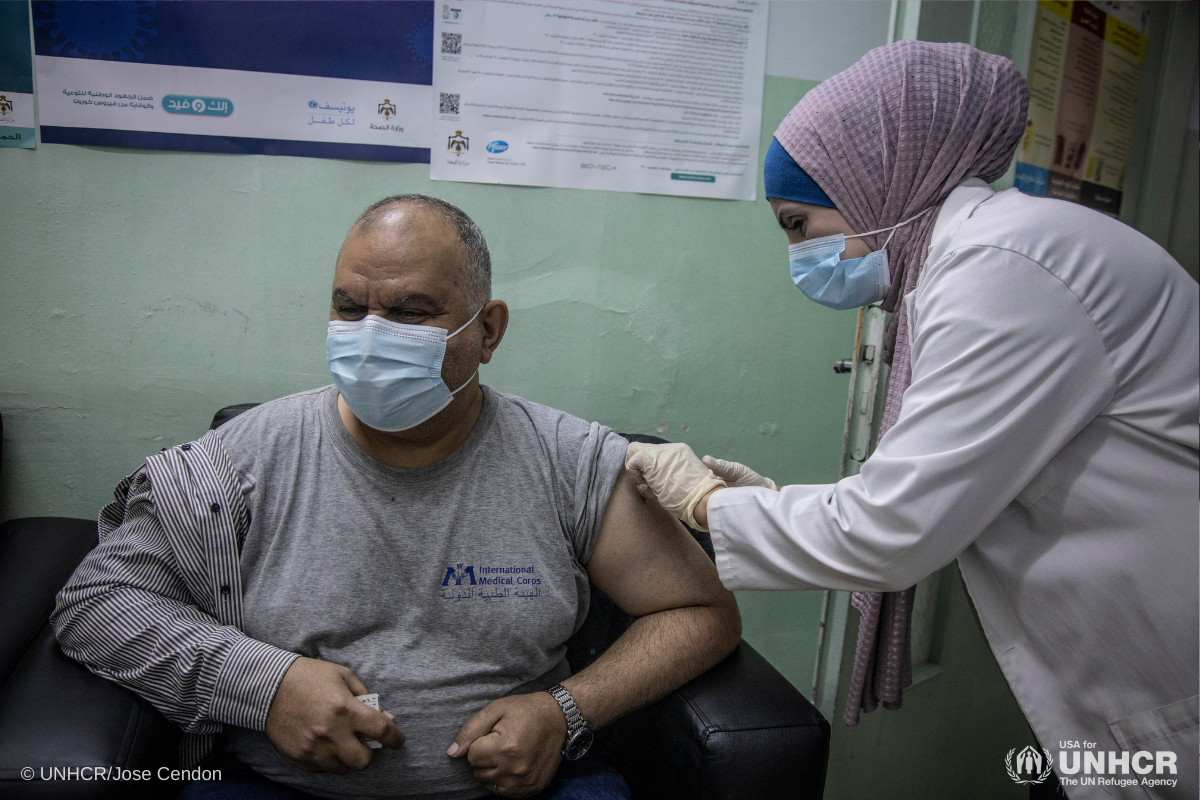
Emerging from this pandemic will be an unprecedented challenge, but there is hope. In the United States and across the world thousands of refugees and host communities have stepped up to fight COVID-19. From providing healthcare to making soap and masks, we are working together to protect each other and save lives. Vaccinations have started in many countries and 106 countries currently developing national COVID-19 vaccination strategies have already committed to including refugees in their vaccination plans and 33 more are in the process of doing so.
This is how you can help stop COVID-19…
Becoming a monthly donor is the most convenient, effective and efficient way you can help refugees during the pandemic. Start making a lifesaving difference today and help us make a difference in the lives of millions of refugee families during these unprecedented times.
